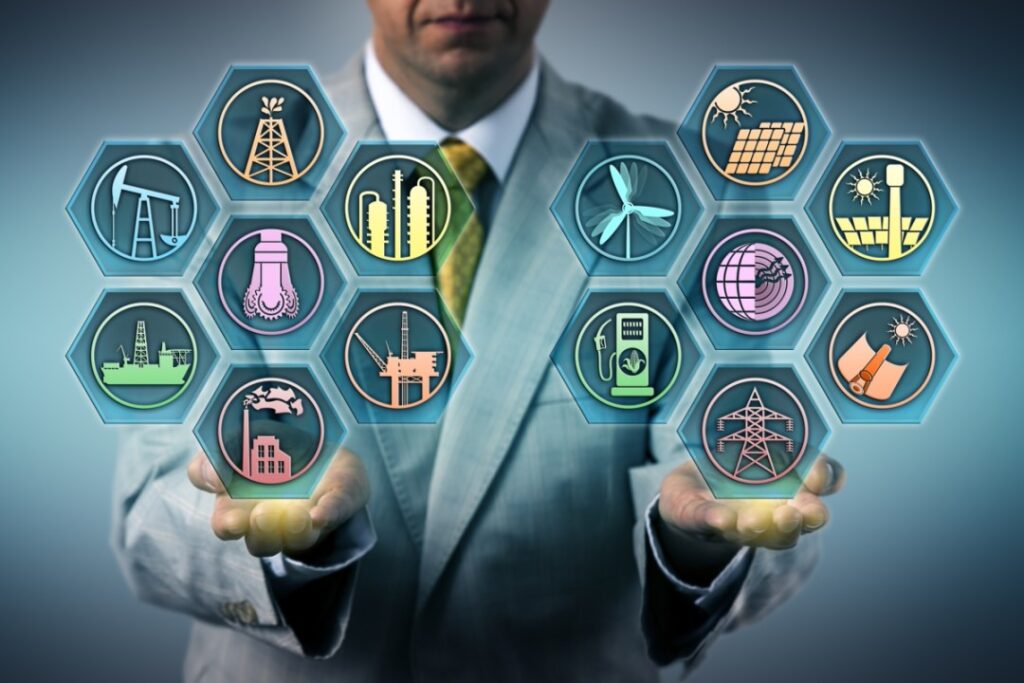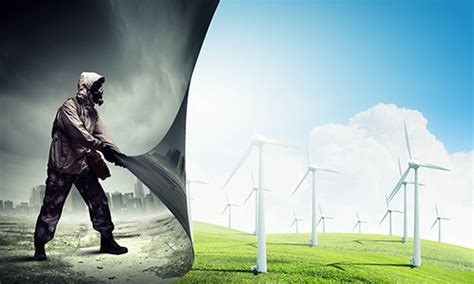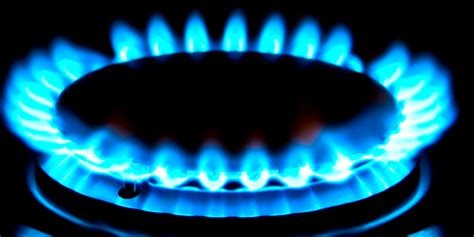How non-EU companies could profit from the EU Green Agenda
The European Commission wants a decisive, economically strong and competitive EU. The energy transition is an important pillar for achieving this. The green revolution to zero carbon at 2050 at the latest, as promoted by the EU may cost some and other priorities do not seem to exist. Dutch climate minister Jetten, for example, has banned the words “feasible and affordable” in relation to meeting climate targets. Good news for companies from all over the world that could offer their products to Europe. The underlying idea of the European energy transition is that humanity made progress thanks to energy sources becoming more efficient, cheaper and more reliable. Now we are going to try the opposite, and whichever way you look at it, that is going to cost prosperity. The energy transition is going to be very expensive for Europe. Especially when you consider that for a meager 15% renewable power share on a European scale since 2003, THOUSAND MILLION euros have already been spent on subsidies. Money that would finally only reduce the EU part of global emissions: 8%. What return/cost ratio is that? Europe even wants to accelerate the energy transition by taking all kinds of obvious measures to reduce the demand through actions such as home insulation, energy savings and rooftops full of solar panels and to increase the supply of renewable energy. Despite what the rest of the world is doing about the transition. Supply and demand of electricity must match to avoid blackouts. This is precisely the great weakness of renewable energy, such as wind and solar power. They provide power when the wind blows and the sun shines, and otherwise they don’t, which is a huge problem for a reliable, stable power supply. Therefor it is astounding that another interesting zero carbon form of energy, nuclear power, is not much more developed in Europe. Even worse, today Germany has closed the last 3 of its nuclear power plants. Still there are in the EU, dozens of nuclear power plants generating dozens of gigawatts of green power. They have been doing so for decades: safe, stable, predictable and at a proven competitive cost. As Europe seeks to accelerate the phaseout of its dispatchable energy with gas and coal-fired power plants, the question is how will the erratic fluctuations in wind power production be absorbed to avoid blackouts? For the European Commission, the panacea for absorbing these gigantic fluctuations is green hydrogen. Excess ind power should be used to produce hydrogen from water using so-called electrolysers. That hydrogen is then used to generate electricity to fill the dips in wind power production, a cycle in which at least two-thirds of the power generated is lost. In itself, a green hydrogen economy is possible, but it has not yet been realized anywhere in the world, even on a small scale. Besides hydrogen is not an energy source but an energy carrier. A carrier, which would then have to be produced via already inefficient intermittent power that would then be converted at gigantic conversion losses of 70 percent or more into the most low-grade application imaginable: fuel in a (truck) car. Which means that tenfold more wind and solar farms would have to be built, only to make up for the conversion losses. By enforcing highly optimistic green sustainable goals (Environmental & Social Governance, or ESG for short), Europe disadvantaged oneself. The technology is still (far) from being ready for it and more importantly the rest of the world is absolutely not worried about ESG. At least not for now. Part of the ESG targets are lower investments in oil and gas reserves as a reult the oil and gas prices go up and with them all other prices. For example, because of higher gas prices, the price of fertilizer goes up what will inflate the food prices. The European Commission’s green agenda offers very good opportunities for investors from other parts of the world and for companies from countries that can produce green hydrogen cheaply and supply it to Europe to meet their huge needs to meet climate goals. The necessary funds are for grabs.





